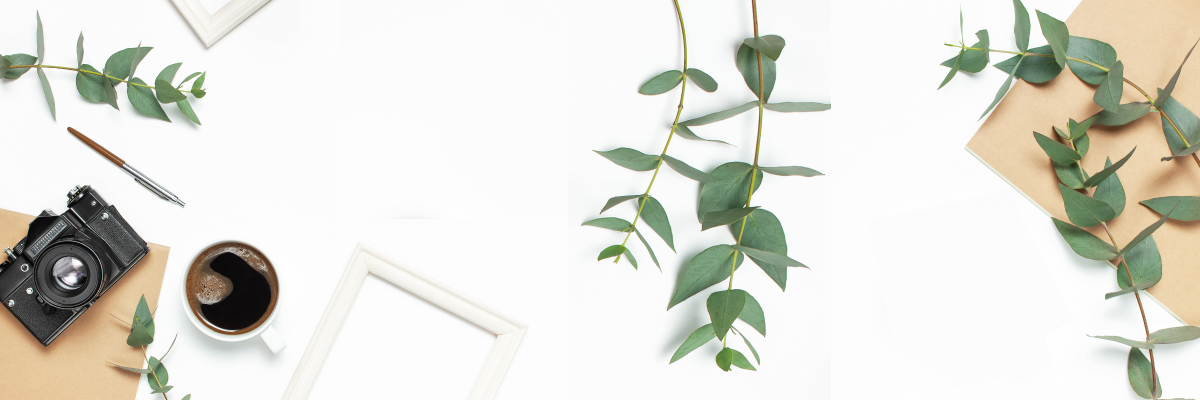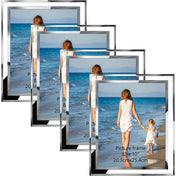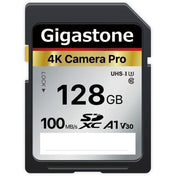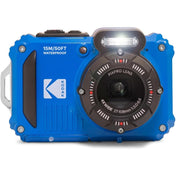Environmental photography is a vibrant and captivating form of artistic expression that focuses on capturing the beauty of the natural world. From majestic landscapes to intimate interactions between wildlife and their habitats, this genre of photography emphasizes the intricate and delicate balance of ecological life. As environmental issues continue to arise, photographers play a vital role in not only showcasing the beauty of nature but also raising awareness about its protection and preservation. In this article, we’ll explore the art of environmental photography, essential tips to get started, and the best practices to enhance your skills.
The Essence of Environmental Photography
At its core, environmental photography seeks to highlight the relationship between humans and their surroundings. Photographers capture stunning vistas and highlight the often-overlooked details of our ecosystems. Whether you're shooting in dense forests, tranquil mountain ranges, or vibrant wetlands, the goal is to invite viewers into the scene, allowing them to connect emotionally with the subject matter and convey the significance of conservation.
Why Environmental Photography Matters
In a world where environmental degradation and climate change are becoming increasingly urgent issues, the role of a photographer extends beyond simply capturing images. Environmental photographers serve as vital storytellers, helping to light the path toward understanding and preserving our planet. Their work brings attention to ecological issues, encourages a connection with the natural world, and inspires positive action. Here are some compelling reasons why environmental photography matters:
- Raising Awareness: Great environmental photographs communicate ideas and feelings that raise awareness about ecological issues.
- Encouraging Action: Powerful images can provoke a reaction that compels viewers to participate in conservation efforts.
- Capturing Change: Environmental photography documents the changes happening in nature, creating a visual record of these transformations over time.
- Celebrating Beauty: It highlights nature's beauty and encourages appreciation for the world we inhabit.
Getting Started with Environmental Photography
If you’re inspired to capture stunning nature shots and showcase the world around you, here are some essential tips to help you get started in environmental photography:
1. Understand Your Equipment
Your choice of equipment can enhance your ability to capture breathtaking images. A good camera, whether it’s a DSLR, mirrorless, or even a smartphone, is a great starting point. Pair your camera with a Kodak SDXC card to ensure you have ample storage for high-resolution images. By investing in good equipment and understanding how to use it, you can take full advantage of the artistry of environmental photography.
2. Research Locations
Choose locations that resonate with you and embody the spirit of what you aim to capture. This might include national parks, wildlife reserves, or simply a nearby beach. Be sure to consider the time of year and the season's effect on the landscape and animal activity, as this can greatly influence your results.
3. Master Natural Light
Lighting is critical in photography. Early morning and late afternoon provide the most flattering natural light, often referred to as “golden hours.” During these times, the sun casts a warm glow, illuminating landscapes and creating stunning contrasts. Experiment with various lighting conditions to see how they affect your images.
Techniques for Stunning Nature Shots
With your foundation established, here are some techniques to elevate your environmental photography:
1. Focus on Composition
The right composition can make or break your photograph. Utilize the rule of thirds by placing key elements of the scene along the intersecting lines. This technique adds balance and interest, guiding the viewer's eye through your image.
2. Get Up Close
Don't shy away from capturing details. Macro photography can reveal the beauty of nature that often goes unnoticed. Close-ups of leaves, flowers, insects, and water droplets can create captivating images that tell a larger story about the ecosystem.
3. Capture Movement
Incorporating movement in your photography can add dynamism to your images. This can be achieved by using slower shutter speeds to capture the flow of water or the flutter of a bird's wing. Experimenting with different techniques will help you find unique perspectives and styles.
Building Your Portfolio
As you develop your skills, start building a portfolio showcasing your best work. A well-curated collection of your environmental photographs can attract interest from galleries, publications, and potential clients. Here are some tips for organizing your portfolio:
1. Select Your Best Work
Choose only your strongest images that represent your unique style and vision. Aim for a diverse mix that includes landscapes, wildlife portraits, and abstract nature shots to demonstrate your range.
2. Tell a Story
Consider how your images can translate into a narrative. Sequencing your photos to create a story can engage your audience more effectively and draw them into your experience.
3. Share Your Work
Utilize social media platforms and photography forums to showcase your portfolio. Engaging with other photographers and enthusiasts can lead to valuable feedback and networking opportunities. Platforms like Instagram, Pinterest, and even your own Shopify store benefit from unique visual content.
Promoting Environmental Conservation
As you grow in your environmental photography pursuits, remember that your work is a tool for promoting conservation. Here are some effective ways to integrate advocacy into your art:
1. Collaborate with Local Organizations
Consider partnering with environmental NGOs and local wildlife organizations. Your photography can support their missions by providing imagery for campaigns and publications that focus on important environmental issues.
2. Create Awareness through Workshops
By sharing your knowledge and passion with others, you can inspire more people to explore environmental photography and become advocates for nature. Host workshops and local events to teach others about photography techniques as well as the importance of environmental conservation.
3. Utilize Your Platform
Use your Shopify store or website to promote awareness by sharing stories behind your featured photographs. Inform visitors about the issues related to each scene, encouraging them to appreciate nature while inspiring efforts toward preservation.
Unleashing Your Creative Potential
As you dive deeper into the world of environmental photography, embrace your creative potential. Your unique perspective and style can breathe new life into this vibrant field. Here are a few final ideas to keep your creativity flowing:
1. Experiment with Different Genres
Don't limit yourself to only environmental photography. Experimenting with various genres can enhance your skills and reveal new dimensions to your work. Explore portraiture of outdoor enthusiasts, astrobiology-inspired shots, or even night photography to expand your artistic horizons.
2. Travel and Explore
Traveling to diverse ecosystems provides unique opportunities to capture breathtaking landscapes and wildlife. Immerse yourself in different environments, from deserts to rainforests, allowing each locale's distinct beauty to influence your work. Remember to keep your Kodak SDXC card handy so you're always prepared to snap incredible moments!
3. Stay Inspired
Read books, watch documentaries, and engage with other photographers to stay inspired. Follow your favorite nature photographers on social media and observe how they interpret the world around them. Finding inspiration in others can motivate you to push your own creative boundaries.
As you embark on your journey in environmental photography, remember that it is more than just a hobby or profession; it is about capturing the beauty of our planet and advocating for its conservation. Through your lens, you have the power to influence awareness and inspire actions that protect the delicate balance of nature. Go forth with your camera, your creativity, and your commitment to making a difference!











